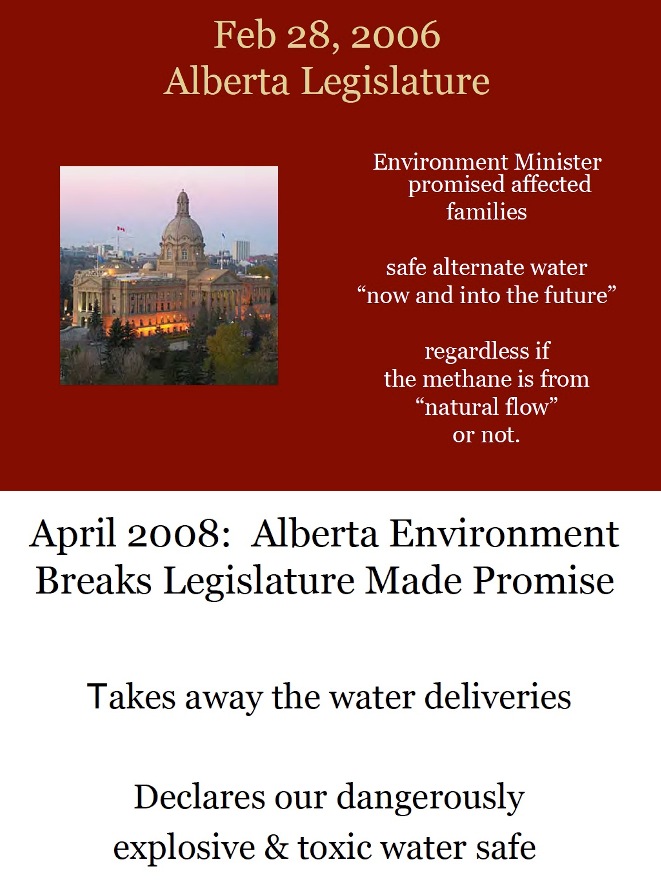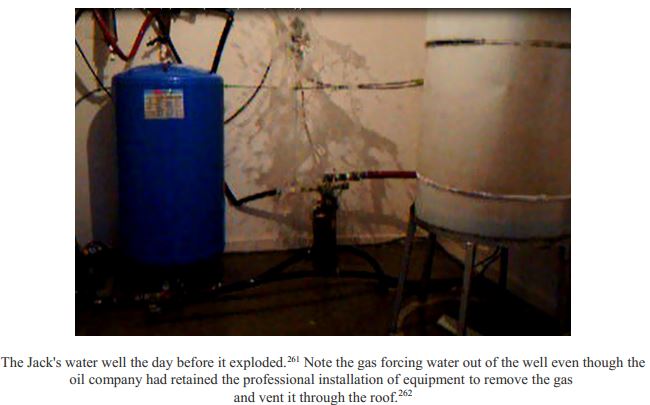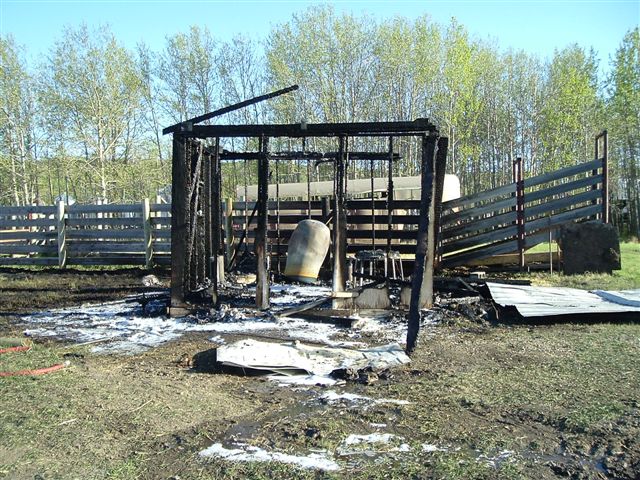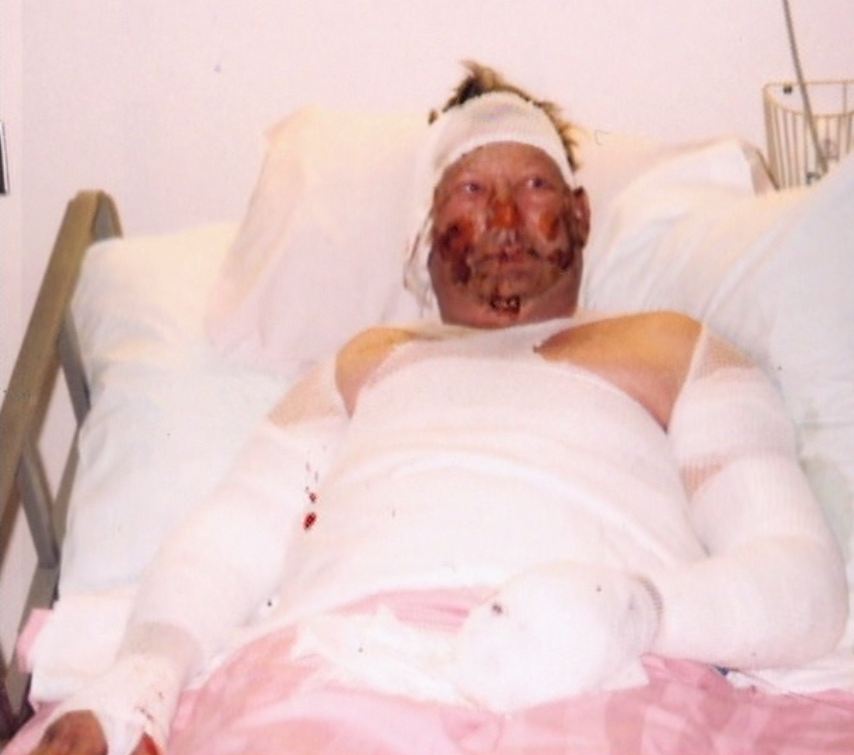Water contamination may be linked to coal seam gas wells – Experts by Gympietimes.com, April 7, 2014
RESULTS have confirmed the presence of methane gas in the Wallumbilla water supply, following extensive CSG [CBM] testing by ALS Environmental. In a statement released by Maranoa Regional Council yesterday, Mayor Robert Loughnan said until the source of the gas could be determined and corrective action taken, Bore 2 would remain offline, with Wallumbilla’s water being sourced exclusively from Bore 1. “There continues to be no impact to Wallumbilla residents’ water supply – we are ensuring that consistent quality water will continue to be available while Bore 2 is offline,” Cr Loughnan said.
The statement said council had no knowledge of gas being present in water before this instance.
The detection came approximately three weeks ago, when an air relief valve on Bore 2 was automatically activated.
Following this discovery council officers shut down and bypassed Bore 2 with Bore 1’s supply.
Bore 2 sources water from the Gubberamunda aquifer, while Bore 1 was sourced from the Mooga aquifer.
Council said were are a number of potential causes for gas to be in the water supply, and investigations are underway to determine its presence and whether it is linked with activity in the Gubberamunda aquifer. Until the cause can be determined Bore 2 will remain offline and Wallumbilla’s water will be sourced exclusively from Bore 1.The Department of Natural Resources and Mine – CSG Compliance Division is assisting with investigations. [Emphasis added]
Water contamination may be linked to coal seam gas wells by The Queensland Times, April 4, 2014
In a statement released by Maranoa Regional Council yesterday, Mayor Robert Loughnan said until the source of the gas could be determined and corrective action taken, Bore 2 would remain offline, with Wallumbilla’s water being sourced exclusively from Bore 1.
“There continues to be no impact to Wallumbilla residents’ water supply – we are ensuring that consistent quality water will continue to be available while Bore 2 is offline,” Cr Loughnan said.
The statement said council had no knowledge of gas being present in water before this instance.
The detection came approximately three weeks ago, when an air relief valve on Bore 2 was automatically activated. [Emphasis added]
[Refer also to:
Brief review of threats to Canada’s groundwater from the oil and gas industry’s methane migration and hydraulic fracturing by Ernst Environmental Services, June 16, 2013
A 2013 peer-reviewed study found correlation between coalbed methane (CBM) wells and radon concentrations in the atmosphere and that radon “may be useful in monitoring enhanced soil gas fluxes to the atmosphere due to changes in the geological structure associated with wells and hydraulic fracturing in [CBM] fields.”73 Radon concentrations were found to be “approximately three times higher in areas with high densities of [CBM] wells than those areas with low densities.”74 An ongoing Southern Cross University study reported three times the level of methane in the CBM field of Tara than outside it and suspects that “depressurisation (fracking, groundwater pumping) of the coal seams during gas extraction changes the soil structure (i.e., cracks, fissures) that enhance the release of greenhouse gases such as methane and carbon dioxide.”75
January 16, 2008 letter from Alberta Environment to Ernst, telling her to deal with her contaminated water by herself. Alberta Environment and the Alberta Research Council focused extensively on the 1986 historic data on the Ernst well, but completely ignored that the historic data stated Gas Present: No
Bruce Jack natural gas contaminated water well, photo taken day of the explosion, May 9, 2006. Note that the methane and ethane ignited despite the methane and ethane venting system professionally installed by the company that contaminated the water and recommended by Alberta Environment.
Bruce Jack, owner of above “properly” vented contaminated water well, in hospital May 9, 2006. Bruce and two industry gas-in-water testers were seriously injured; Bruce was in hospital a month.




